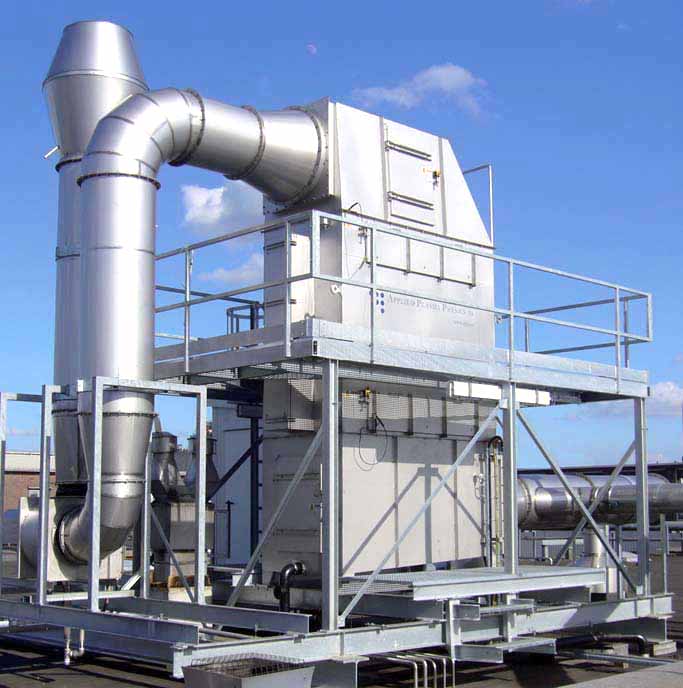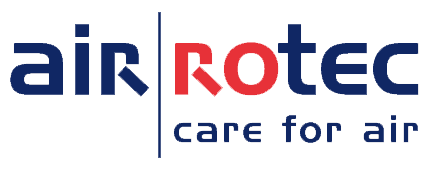If environmental legislation demands measures in relation to industrial drying and cooling processes, it is best to meet these from the basic design of the installation. Research what data is necessary and back up the solution with measurements and calculations. The solution often lies partly in process optimisation, partly in dispersion and partly in air treatment. These things affect each other in such a way that you need to adopt an integrated approach to tackling them. Remember that air treatment, without taking into account process optimisation, often results in high adjustment and energy costs, so take odour and dust reduction seriously.
AirRotec can help you with the design process in order to meet specified environmental requirements.
Odour and dust problems | Common problems and possible solutions

Common questions relating to odour and dust reduction processes:
- What air emission needs to be treated?
- How high are the necessary and feasible odour reductions?
- In my situation, what is the best way of reducing odour emission?
- What kind of influence does odour and dust reduction have on the production process?
- How do I guide the various air flows to a chimney?
- What is the effect of dust emissions on odours?
- What is a suitable odour reduction technology?
How can you achieve dust and/or odour reduction? An important first step:
- Investigate the possibilities of linking process optimisation to investments, in order to tackle emissions in an economic manner.
AirRotec is able to offer help with all these and other questions about odour and dust reduction.
